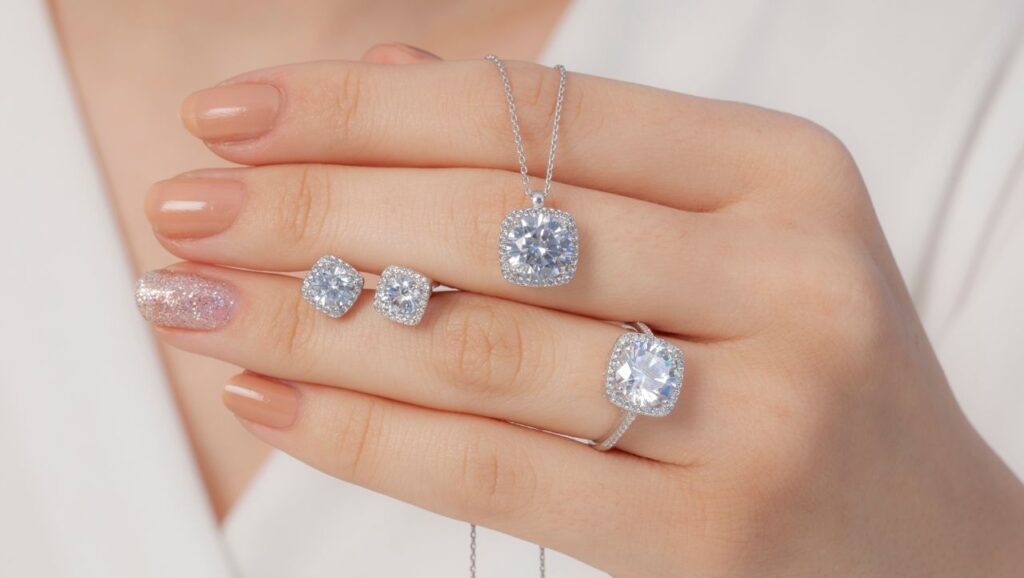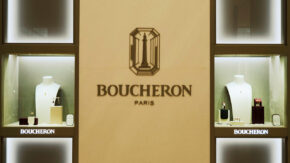Sustainability is a major bone of contention in the ongoing battle between mining companies and synthetic-diamond producers. The latter have generally pitched their product as a greener alternative to natural diamonds, while the former contend that these claims are exaggerated or even false.
Not all man-made stones have the same carbon footprint, miners argue, adding that descriptions of lab-grown as “mining-free” are untrue, since elements of the creation process — such as the reactor — rely on mined materials.
“It is also not possible to make a simplistic general comparison between natural diamonds and laboratory-grown diamonds,” states the recent Diamond Facts report from the Natural Diamond Council (NDC). “Each category has a range of production processes, geographical locations, power sources, productivity capabilities, and sustainability practices.”
Even the carbon footprint of a given lab-grown diamond can vary wildly, according to environmental, social and governance (ESG) consultancy Sphera. If the producer uses renewable energy, a chemical vapor deposition (CVD) stone can generate as little as 17 kilograms of carbon dioxide equivalent (CO2eq) per polished carat, whereas one from a non-carbon-neutral facility in India — where the electric grid is
heavily dependent on coal — can yield 260 kilograms per carat.
Nor are all mining companies decarbonizing at the same rate. While De Beers aims to be carbon-neutral by 2030, Rio Tinto is aiming for 2050.
In short, diamond sustainability credentials are a complicated business, and there is growing concern about how to give consumers clarity on the subject.
Group efforts
The US Federal Trade Commission (FTC) is currently revising its Green Guides for marketing sustainable goods, and this will likely have an impact on how lab-grown and natural diamond producers present their products.
Several industry groups have answered the FTC’s call for feedback on the guides, including the Jewelers Vigilance Committee (JVC) and the American Gem Trade Association (AGTA). Among other things, they’ve asked the commission to clamp down on jewelers’ greenwashing claims and lay out solid definitions for phrases like “sustainable,” “carbon-neutral” and “mining-free.”
As for how to substantiate claims about natural and lab-grown diamonds, AGTA recommends carrying out “an academically rigorous comparative environmental and social life cycle assessment (LCA),” which would analyze the data from the full production process, says Jenna White of the trade body’s Industry Terms Committee. “[AGTA] members should only make claims if a rigorous independent LCA has been conducted.”
The Gemological Institute of America (GIA), meanwhile, plans to continue releasing research on the topic to help businesses make decisions.
“GIA is committed to providing comprehensive laboratory services that are backed by our decades of gemological research, including laboratory-grown diamonds,” says Richard Pesqueira, its vice president of business development for North America. “It is important for individuals interested in claims of sustainability to make informed decisions based on research and understanding of exactly what is meant when a person or organization uses [the term].”
The Responsible Jewellery Council (RJC) is also diverting resources to this issue: It plans to launch a set of standards specifically for lab-created diamonds in mid-2024. “We want to be sure there is clarity for our members, and especially consumers, so they can be confident in exactly what they are buying,” says executive director Melanie Grant. “We believe that consumers should fully understand the source behind both — whether that is mined from the earth for natural diamonds, or manufactured in a factory for laboratory-grown diamonds.”
Notably, the RJC’s lab-grown standards will be separate from its existing guidelines for natural diamonds — a stance that differs from most groups’ models. In a previous 2018 ruling, the FTC declared both natural and lab-grown specimens to be diamonds, and standards-development body SCS says assessments of the two sectors’ sustainability credentials should use the same markers.
RELATED READING

Rock-solid foundations
SCS is one of the few bodies offering a sustainability certification for diamonds: the SCS-007 Jewelry Sustainability Standard, which came out in 2021. It evaluates diamond companies based on five key pillars, which are the same for natural and synthetic stones, says SCS executive vice president Stanley Mathuram: origin traceability, ethical stewardship, climate neutrality, sustainable production practices, and sustainability investments.
In other words, both types of diamond producers must be able to track their stones to the source; show that every business in their supply chain has strong ESG credentials; offset their entire climate footprint within a set time frame, including greenhouse gas emissions and other pollutants; achieve net-zero environmental and human-health impacts in all areas of production within a given period; and invest in supporting vulnerable communities and other causes that contribute to a safer world.
“A diamond is a diamond regardless of whether it is mined or grown in a laboratory,” states Mathuram. “The [SCS-007] standard also accounts for the entire chain of custody, establishing unprecedented benchmarks of performance and transparency. [This results] in the highest level of assurance for jewelry manufacturers, retailers and customers.”
Main image: Rings featuring lab-grown diamonds from Diamond Foundry. (Diamond Foundry)
This article is from GIA’s Spotlight on Sustainability special report. View other articles here.
Stay up to date by signing up for our diamond and jewelry industry news and analysis.




